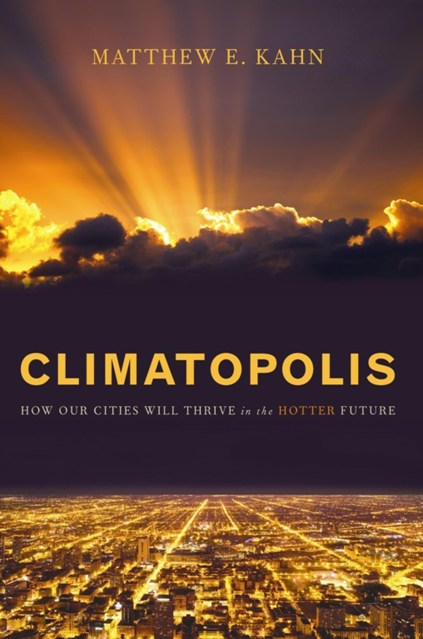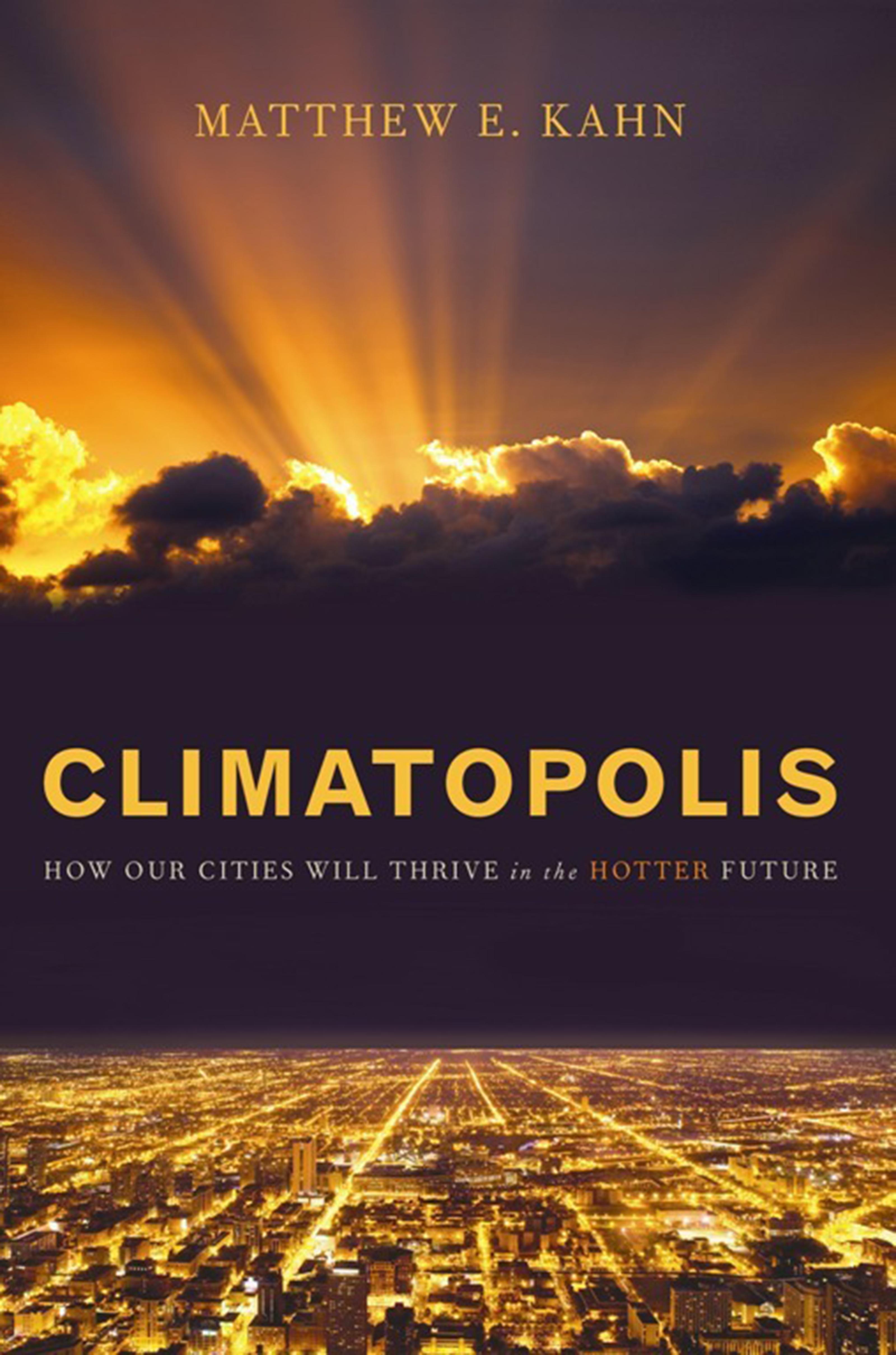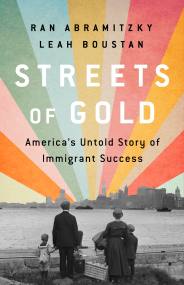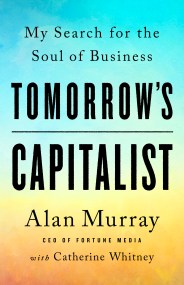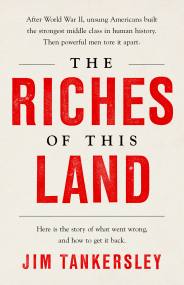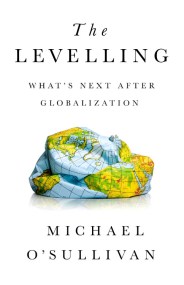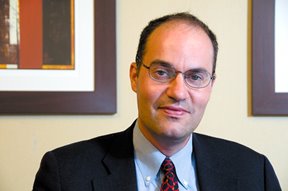Promotion
Use code MOM24 for 20% off site wide + free shipping over $45
Climatopolis
How Our Cities Will Thrive in the Hotter Future
Contributors
Formats and Prices
Price
$9.99Price
$12.99 CADFormat
Format:
- ebook $9.99 $12.99 CAD
- Trade Paperback $21.99 $28.99 CAD
This item is a preorder. Your payment method will be charged immediately, and the product is expected to ship on or around September 7, 2010. This date is subject to change due to shipping delays beyond our control.
Also available from:
We have released the genie from the bottle: climate change is coming, and there’s no stopping it. The question, according to environmental economist Matthew E. Kahn, is not how we’re going to avoid a hotter future but how we’re going to adapt to it. In Climatopolis, Kahn argues that cities and regions will adapt to rising temperatures over time, slowly transforming our everyday lives as we change our behaviors and our surroundings. Taking the reader on a tour of the world’s cities- from New York to Beijing to Mumbai — Kahn’s clear-eyed, engaging, and optimistic message presents a positive yet realistic picture of what our urban future will look like.
Genre:
- On Sale
- Sep 7, 2010
- Page Count
- 288 pages
- Publisher
- Basic Books
- ISBN-13
- 9780465022656
Newsletter Signup
By clicking ‘Sign Up,’ I acknowledge that I have read and agree to Hachette Book Group’s Privacy Policy and Terms of Use
